12 GPTs for Copy-Editing Powered by AI for Free of 2025
AI GPTs for Copy-Editing are advanced tools designed to streamline and enhance the editing process, leveraging the power of Generative Pre-trained Transformers. These AI models are trained on vast datasets, enabling them to understand and manipulate language with high precision. In the context of copy-editing, GPTs offer tailored solutions for editing tasks, including grammar correction, style enhancement, and content optimization. They are pivotal in automating mundane tasks, providing suggestions for improvement, and ensuring content aligns with specific editorial standards.
Top 10 GPTs for Copy-Editing are: Personal Social Media Copy Writer,Better Website Copy,Test Richelle,Stet,WebSite and Blog Assistant,Product Text Transformer,Copy Cat Carlos,Abby,CM Writer,SEO Optimized + Readable Writer
Personal Social Media Copy Writer
Revamp Your Socials with AI

Better Website Copy
Elevate Your Web Presence with AI

Test Richelle
Automate Ads with AI Expertise

Stet
Refining Words with AI Expertise
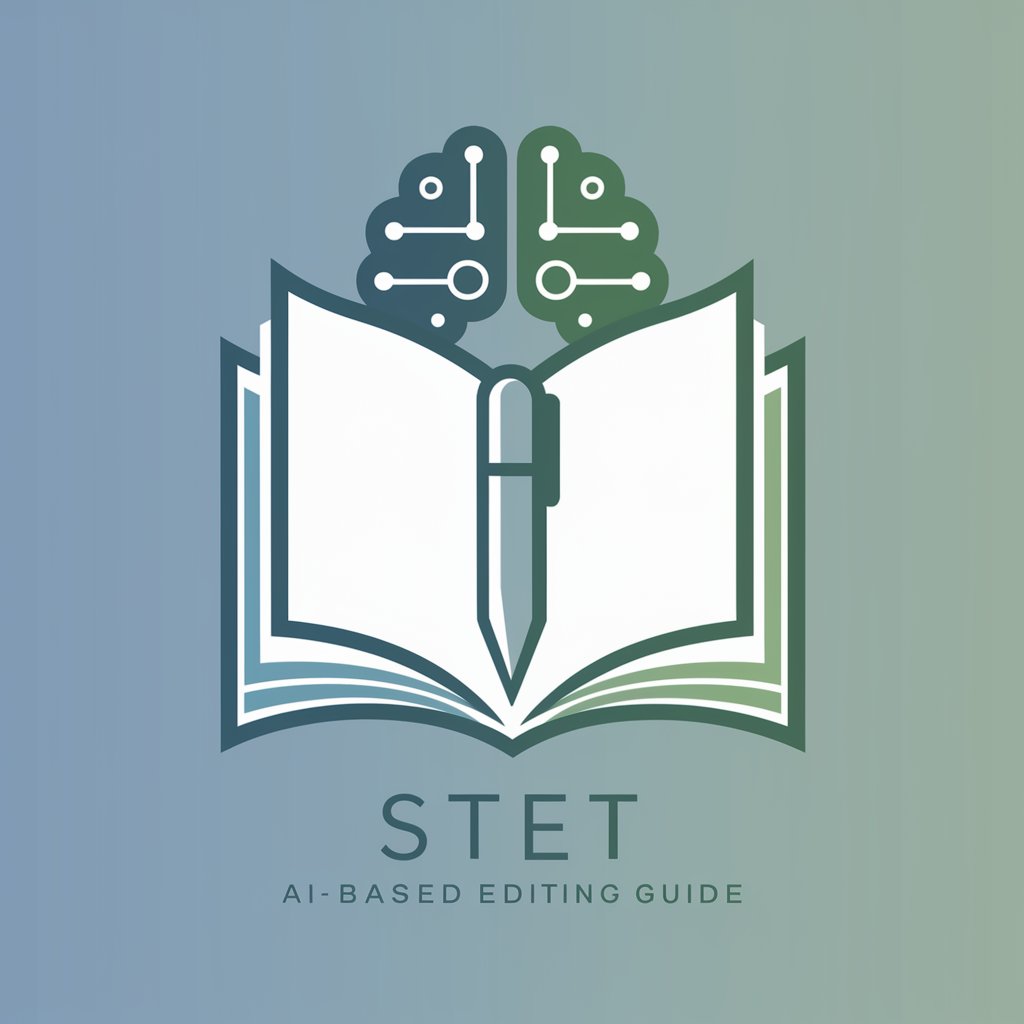
WebSite and Blog Assistant
Empower Your Web Presence with AI
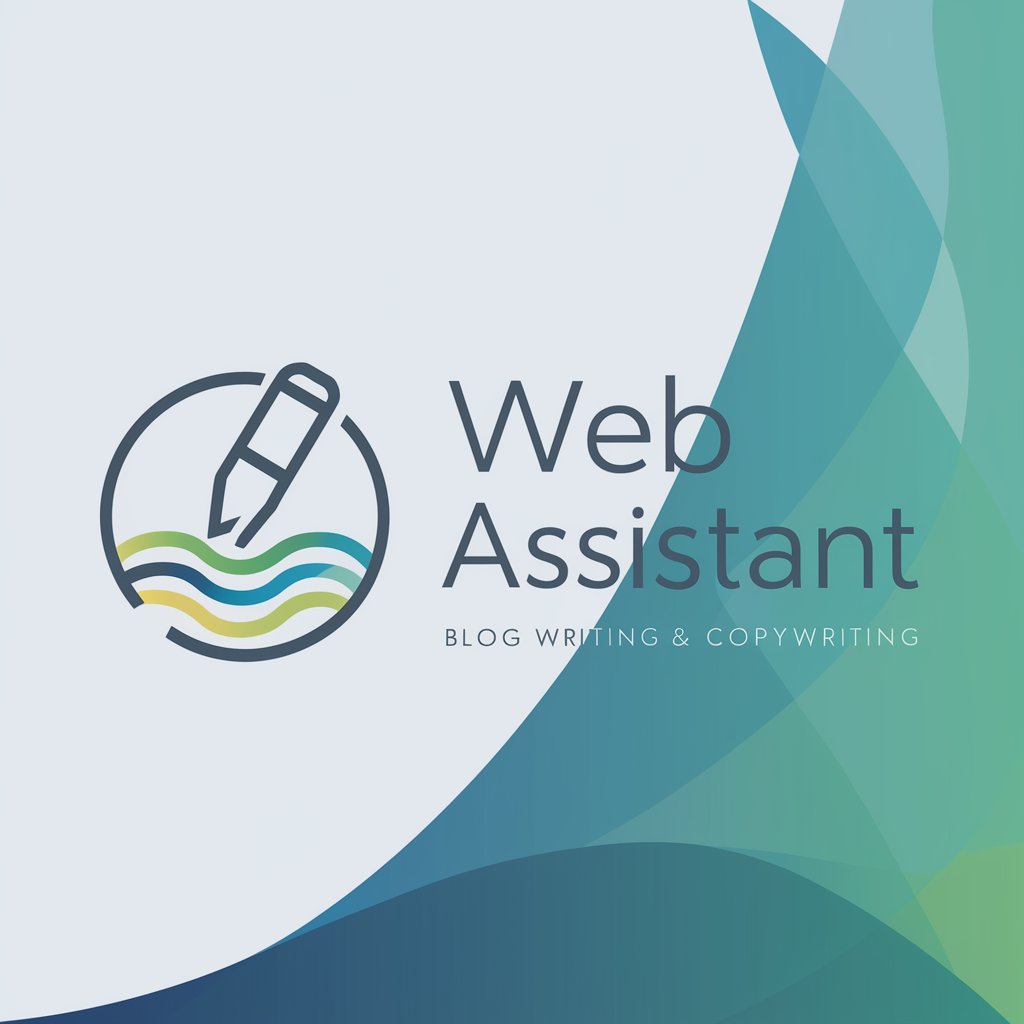
Product Text Transformer
Transforming Text with AI Power
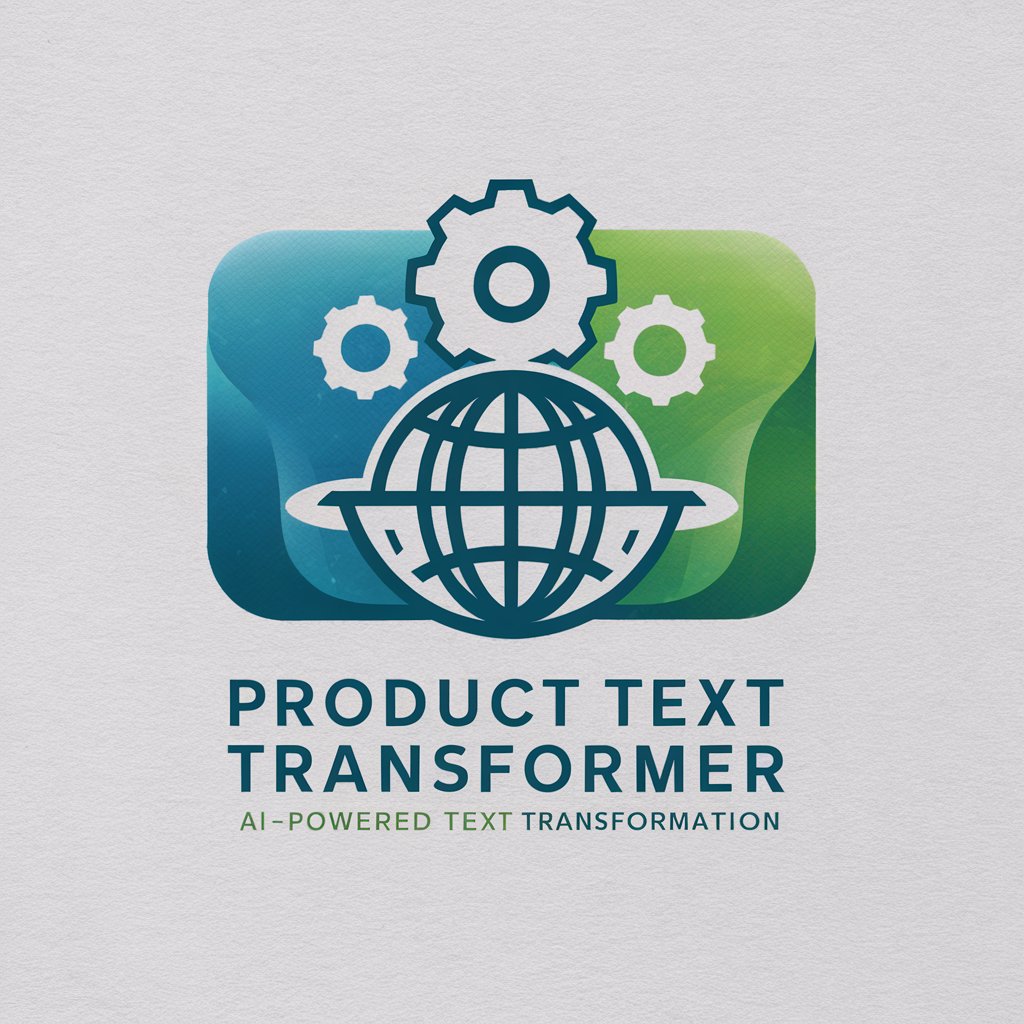
Copy Cat Carlos
Elevate Your Tweets, Maximize Engagement

Abby
Empower Your Content with AI
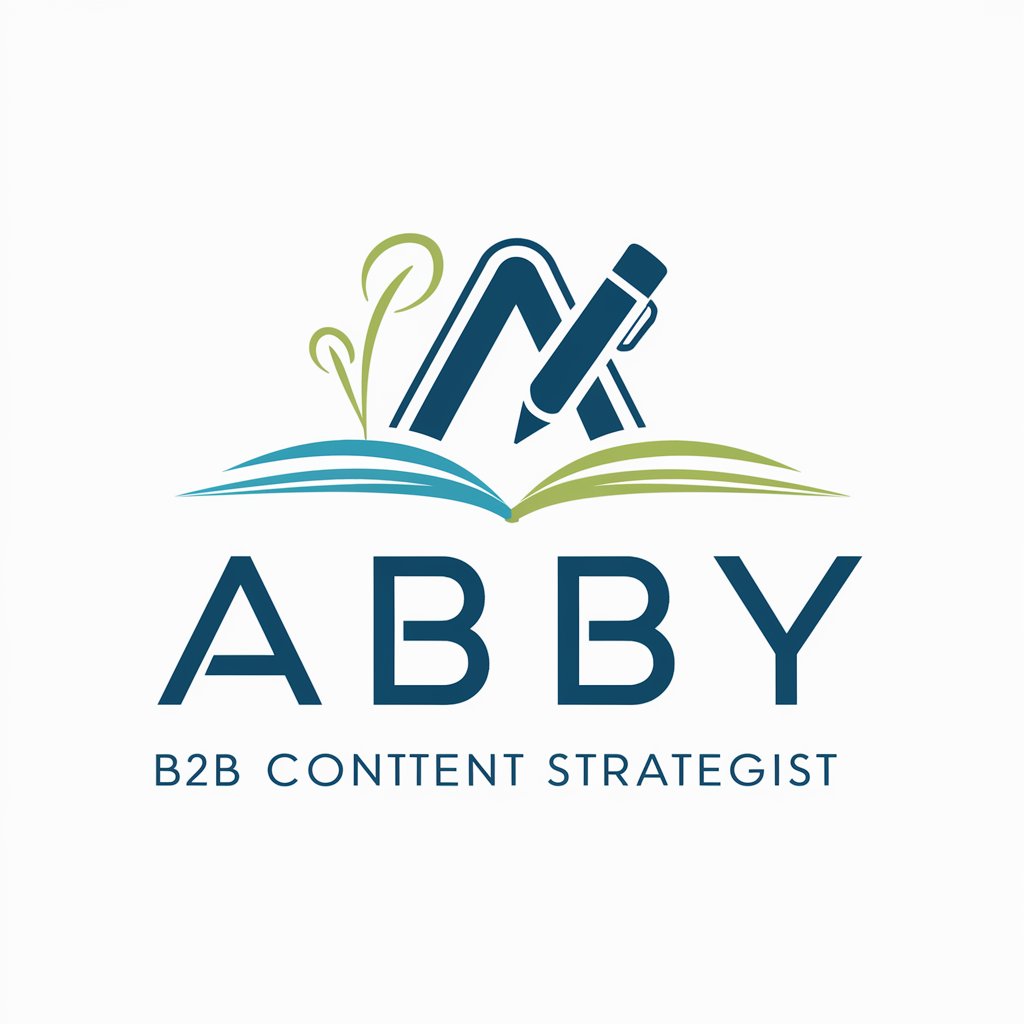
CM Writer
Craft Elegant Content Effortlessly

SEO Optimized + Readable Writer
Elevate Your Writing with AI Power
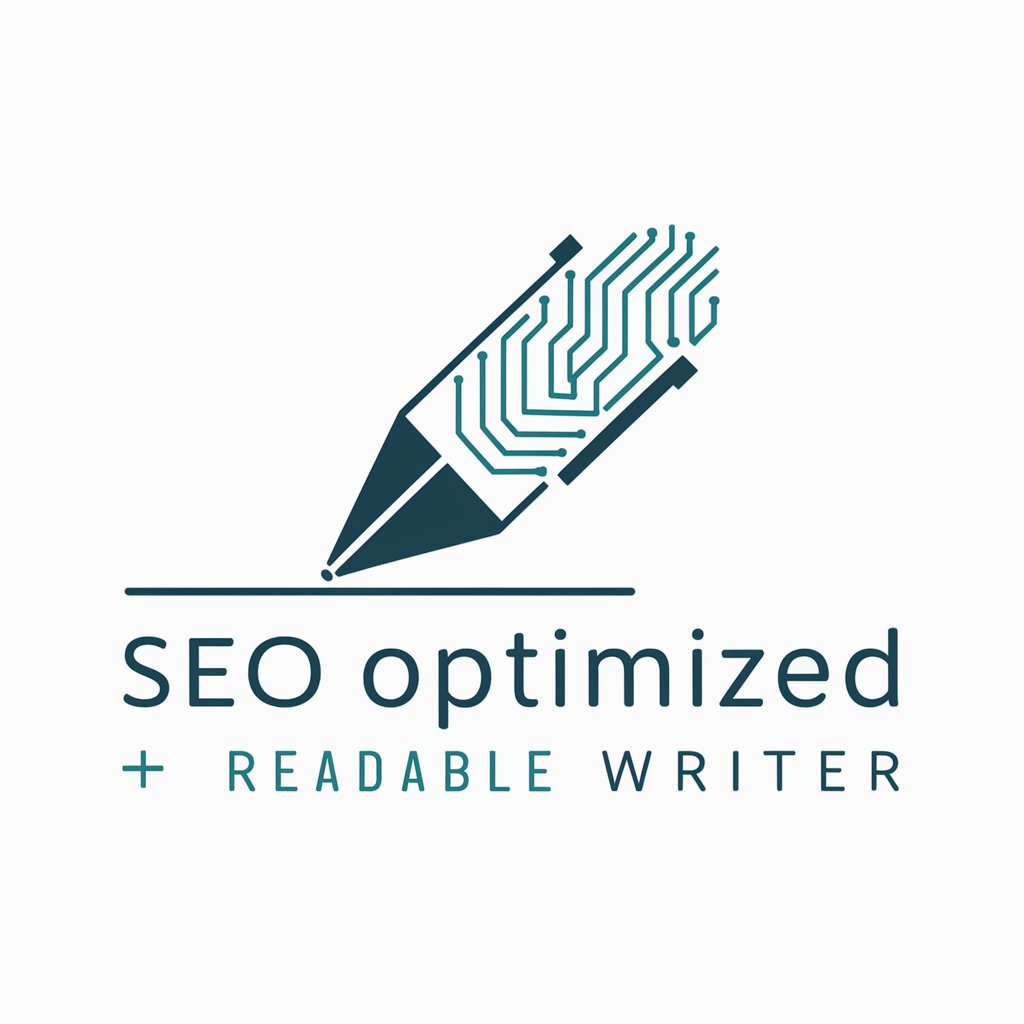
Content Creativity Hub - OmniSynth
Unleashing Creativity with AI Power
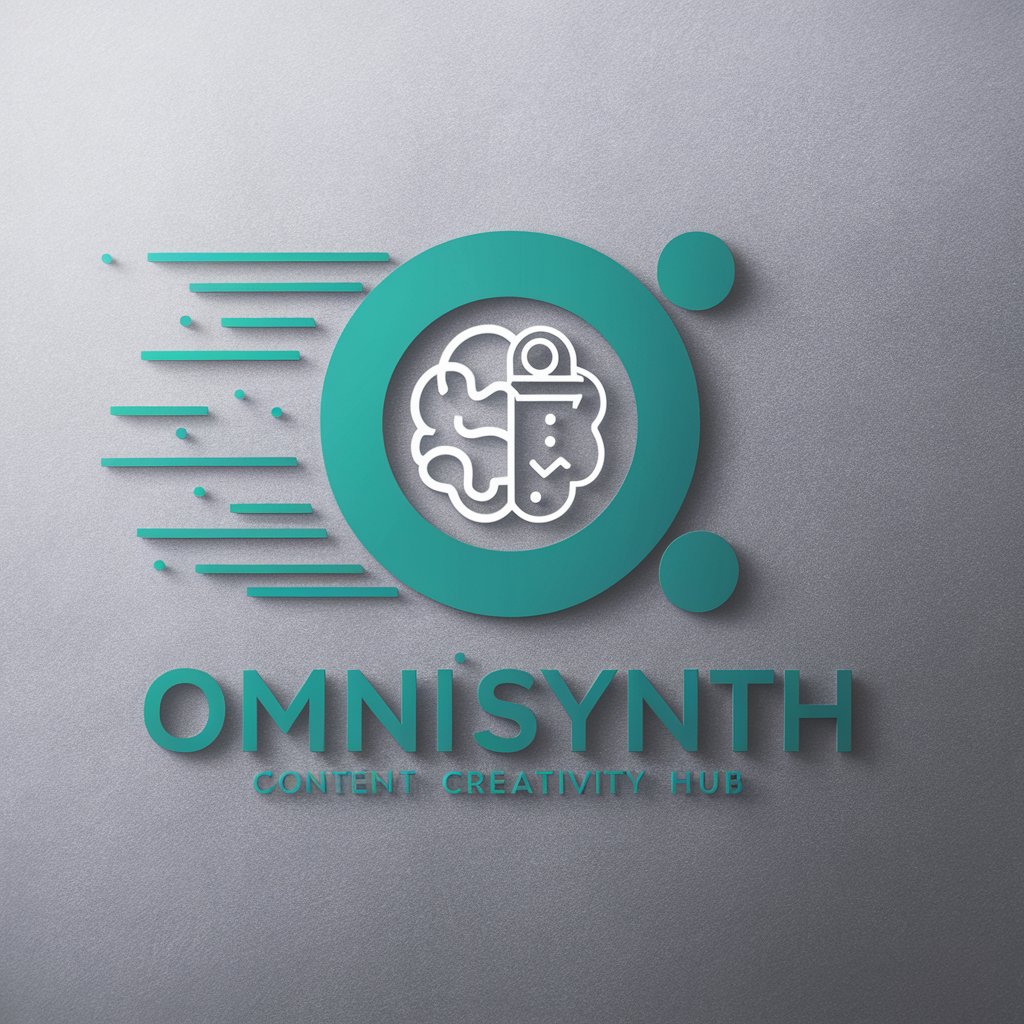
Key Capabilities of AI-Driven Editing Tools
AI GPTs for Copy-Editing boast several distinctive features that cater to a wide range of editing needs. These include advanced language understanding for nuanced grammar and style corrections, adaptability to different writing styles and formats, and the ability to learn from corrections to offer more personalized editing suggestions over time. Specialized features may also encompass technical support for specific editorial guidelines, web searching for fact-checking, image creation for content enhancement, and data analysis capabilities for content optimization.
Who Benefits from AI-Enhanced Editing Tools
The primary beneficiaries of AI GPTs for Copy-Editing include novice writers seeking to polish their work, professionals in the writing and publishing industry aiming for efficiency and quality in content production, and developers looking for customizable AI tools to integrate into their applications. These tools are accessible to users without programming knowledge through user-friendly interfaces, while also offering advanced customization options for those with technical expertise.
Try Our other AI GPTs tools for Free
Non-Fiction Editing
Discover AI GPT tools for Non-Fiction Editing, your AI-powered assistant for enhancing readability, ensuring accuracy, and engaging your audience in any non-fiction content.
ADHD Coaching
Discover how AI GPT tools for ADHD Coaching can transform daily management and productivity through personalized, adaptive support designed specifically for individuals with ADHD.
Daily Scheduling
Discover how AI GPTs for Daily Scheduling can transform your time management with intuitive, customizable, and efficient planning tools designed for everyone.
Motivation Enhancement
Discover how AI GPTs for Motivation Enhancement can inspire and propel you towards your goals with tailored motivational support, designed for individuals and professionals alike.
Biblical Illustration
Explore the intersection of AI and theology with our AI GPTs for Biblical Illustration, designed to generate and interpret biblical content with nuanced understanding and creativity.
Artistic Meditation
Explore AI GPTs for Artistic Meditation: innovative tools designed to enrich your creative and meditative experiences through personalized, AI-driven prompts and guidance.
Expanding Horizons with AI in Editing
AI GPTs for Copy-Editing are not just tools but partners in the editing process, offering scalable solutions across different sectors. Their user-friendly interfaces and integration capabilities allow for seamless incorporation into existing workflows, transforming the way content is edited and optimized for various purposes.
Frequently Asked Questions
What exactly are AI GPTs for Copy-Editing?
AI GPTs for Copy-Editing are artificial intelligence tools designed to assist in the editing process, utilizing advanced algorithms to provide suggestions for grammar, style, and content improvements.
How do these tools adapt to different writing styles?
These tools learn from vast datasets and individual user corrections, enabling them to adapt over time to specific writing styles and preferences, offering more personalized editing suggestions.
Can novices use these AI editing tools effectively?
Yes, these tools are designed with intuitive interfaces that make them accessible to novices, providing straightforward suggestions that can significantly improve writing quality.
What specialized features do these tools offer?
Specialized features include support for specific editorial standards, web searching for fact-checking, image creation capabilities, and data analysis for content optimization.
How can developers customize these AI tools?
Developers can access APIs and programming interfaces provided by these tools to integrate and customize them according to specific application needs.
Are these tools suitable for professional editors?
Yes, professional editors can leverage these tools to streamline their workflow, automate mundane tasks, and focus on more complex editing challenges.
How do these AI tools ensure content aligns with editorial standards?
These tools are trained on diverse datasets that include editorial standards, allowing them to provide suggestions that help ensure content compliance with specific guidelines.
Can these tools improve over time?
Yes, through machine learning algorithms, these tools can learn from user interactions and corrections, improving their suggestions and adaptability over time.